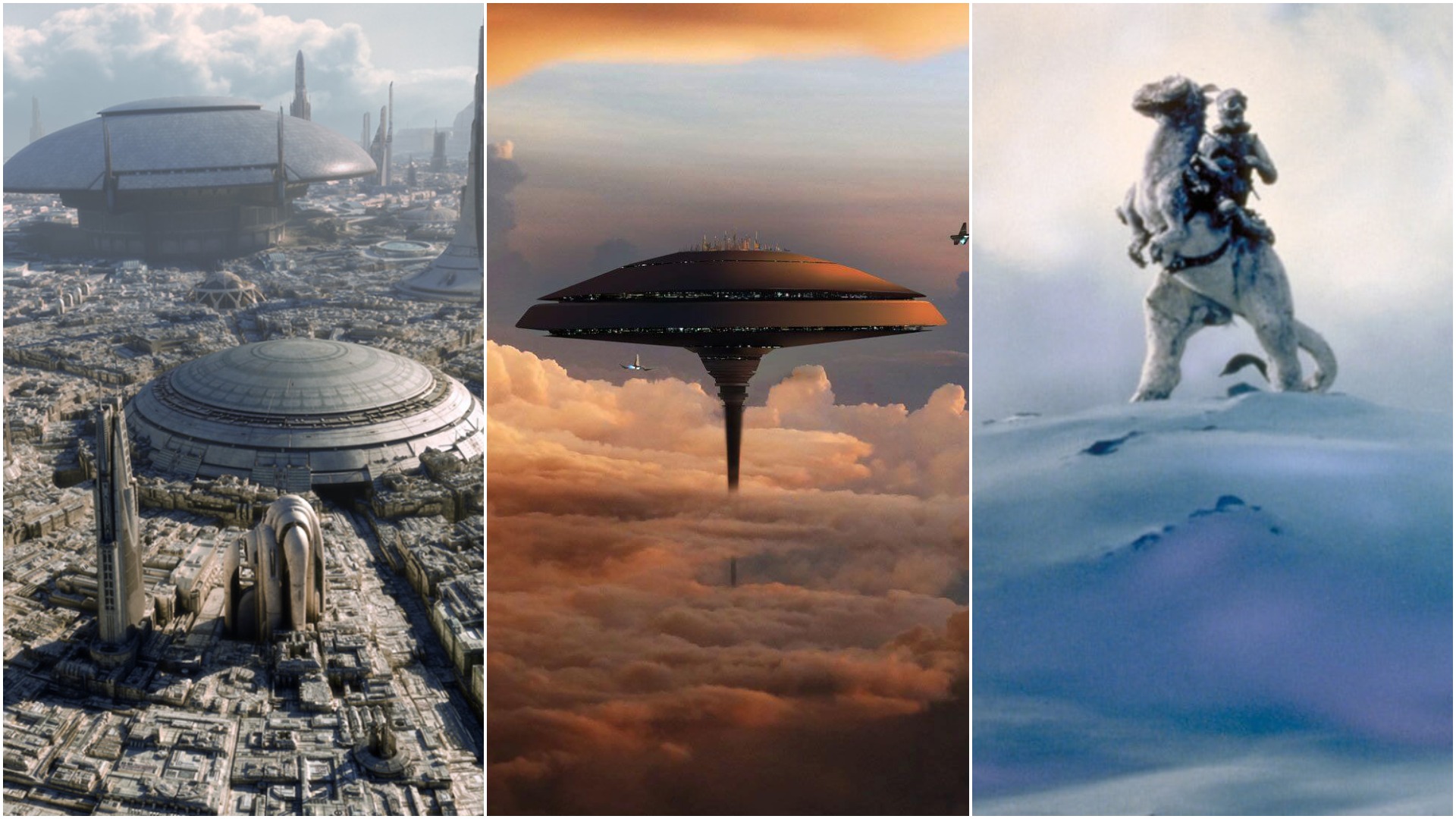Like any good space opera, part of the appeal of Star Wars are the beautiful alien vistas. From the wonder of AT-AT’s marching over a snowfield to a massive city floating among the clouds of a gas giant, Star Wars has long transported fans to strange new worlds.
Over the last few decades, the movies and the Expanded Universe have introduced hundreds of planets, moons, and stars to form one of the most complete and complex tapestries of locations in sci-fi. But which are the essential planets of Star Wars? Which planets truly capture the spirit of the franchise?
Here are our picks of the 10 best planets in the Star Wars galaxy:
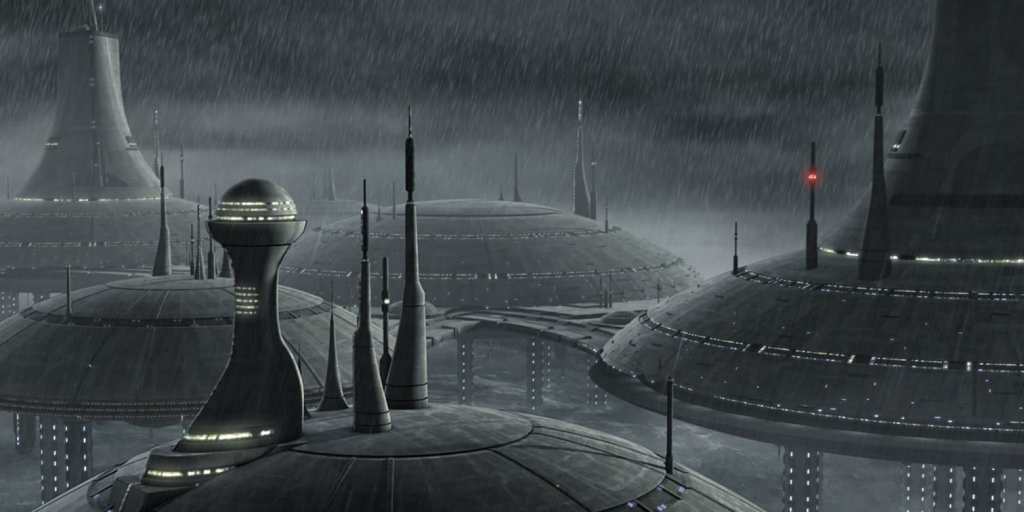
10. Kamino
The water world of Kamino exemplifies the maximalist approach of the Prequel aesthetic. Giant manta ray-like animals fly up out of the sea, a passing marvel with no explanation or relation to the plot. The Kaminoans aren’t a natively aquatic species, with their long, thin limbs, but they live on platforms like oil rigs, elegant fortresses against the endless ocean.
As the birthplace of the clones, Kamino’s largely desolate surface stands in stark contrast to the work being done inside its labs: giving life to the Clone Army of the Republic. Kamino wasn’t always an aquatic planet, though. At some point in the planet’s history, ecological disaster caused the water levels to rise, forcing the land-based Kaminoan civilization to adapt to their new conditions.
Stream your Star Wars favorites right here!
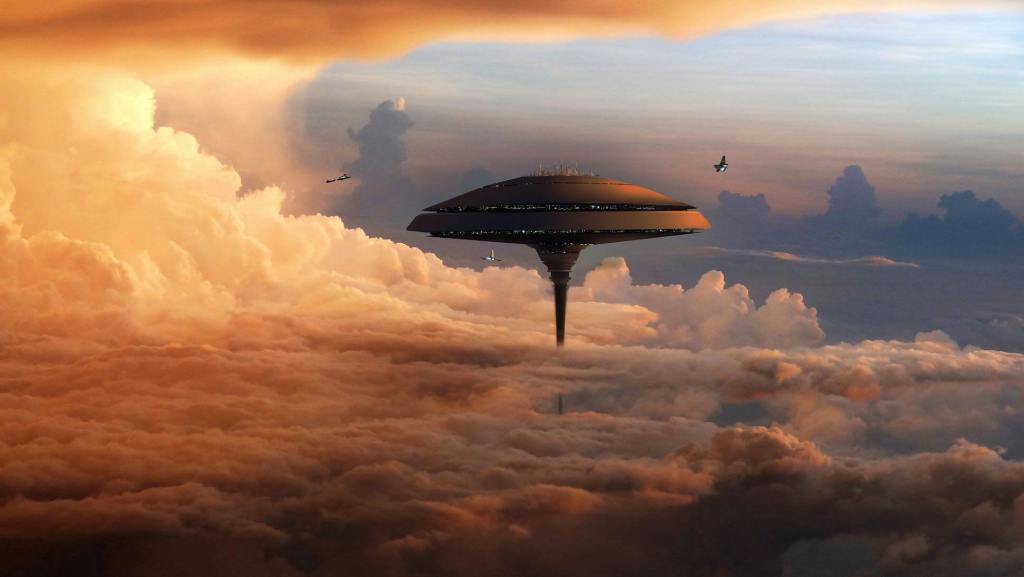
9. Bespin
When Lando Calrissian flirts with Princess Leia Organa in The Empire Strikes Back, he does so by comparing her to the planet: “You look absolutely beautiful. You truly belong here with us among the clouds.”
Bespin is a gas giant with no accessible land surface, which means, like Kamino, the dwellings aren’t actually on the ground. Instead, Lando and other enterprising people created floating mining facilities to harvest the planet’s Tibanna gas, a vital fuel source for starships and their hyperdrives.
The planet’s function is eclipsed by its scenery, though. The colorful atmosphere makes Bespin look like a planet always basking in all the colors of a sunset, while Cloud City floats like a jewel in its sky.
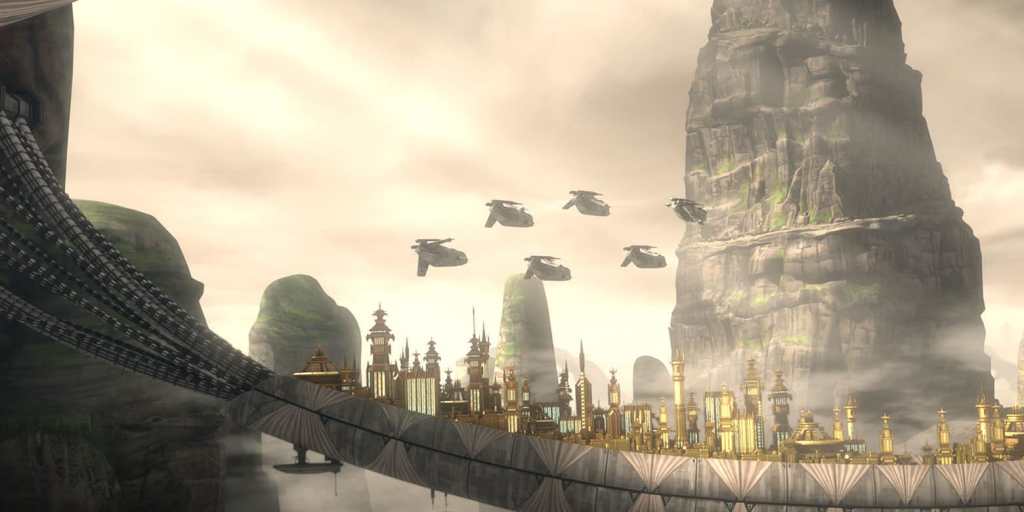
8. Cato Neimoidia
While it barely pops up in the movies, Cato Neimoidia is nevertheless one of the most exotic locations in the galaxy, in large part due to the design of its alien architecture. City-sized bridges bristle with upside-down skyscrapers, while the dramatic arcs of towns and cities suggest an industrial jungle at surprising angles.
Why does life on Cato Neimoidia look this way? The answer is simple: this planet is covered in acidic seas, meanings the colonists had to build on rock spires and string bridges between them in order to have enough surface area for their cities.
Seen in Revenge of the Sith and The Clone Wars, Cato Neimoidia isn’t actually the homewolrd of the Neimoidians who settled it. Instead, it’s a “purse-world” colony built to store some of the species’ immense wealth. While this isn’t confirmed, it’s easy to imagine the name means “new Neimoidia” or something similar.
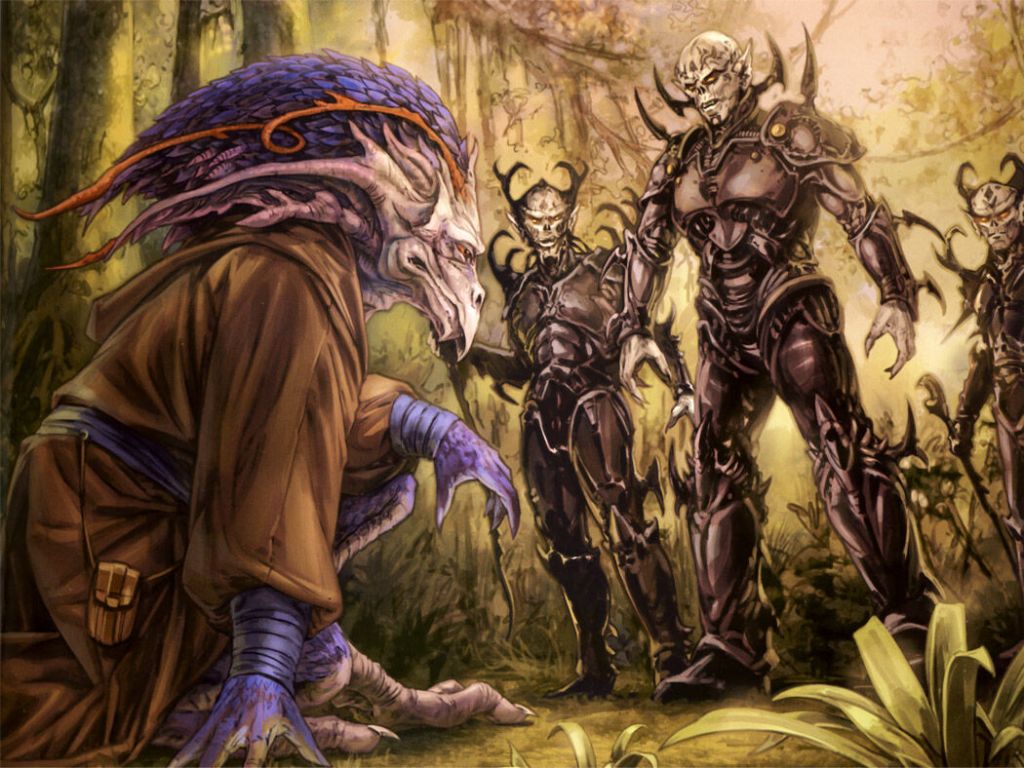
7. Zonama Sekot
A living, sentient world with its own psychic manifestation of its environment, Zonama Sekot is one of the strangest planets in the galaxy. Originally created as a prime location in the now non-canon New Jedi Order series of novels, the planet scraped its way back into official continuity on a technicality when an article on StarWars.com mentioned Zonama Sekot was a neighbor to Jakku.
This planet was a surprising place to the Jedi who first visited it, as no one had ever seen anything like a planet-wide consciousness or the living starships built there before. The name refers to two different entities: Zonama the planet and Sekot the consciousness. A peaceful being, Sekot can communicate through the Force and is fiercely protective of the creatures and people who live on Zonama. Those people use the magic of this world to create custom starships of animal-like intelligence that develop a bond with their owners. While a large portion of the planet is covered by jungle, it contains varied vistas like canyons and oceans as well.
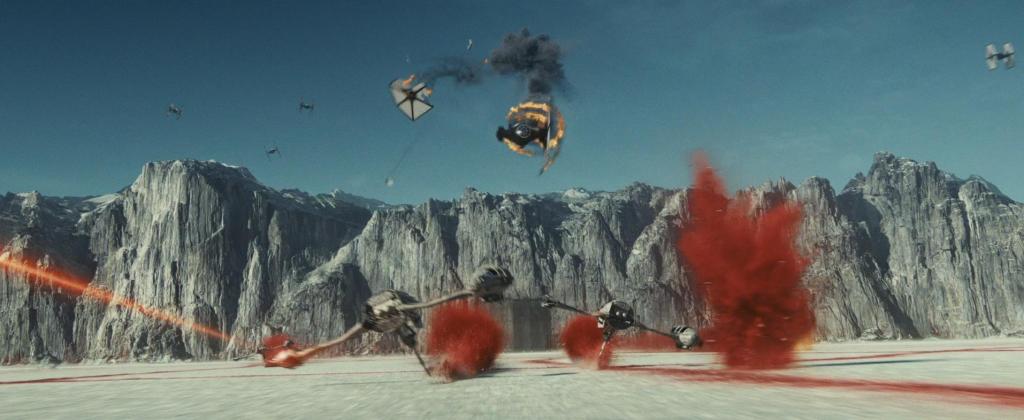
6. Crait
Some of the most visually stunning images of the Sequel Trilogy come from the scenes set on Crait’s salt flats. A white crust of salt scrapes away to reveal the bloody-looking dirt underneath.
Created for The Last Jedi, Crait was the site of a First Order attack on the remnants of Leia’s Resistance. It’s also notable for the wildlife, gorgeous crystal foxes called “Vulptex” that sound like wind chimes when they move. At its best, Star Wars often finds a way to connect its characters to their environment, such with the Ewoks who use their forest to their advantage against a technologically advanced Imperial force. Since they’re covered in crystals, the Vulptex look like they could naturally blend into their salty environment. And they’re just so cute.
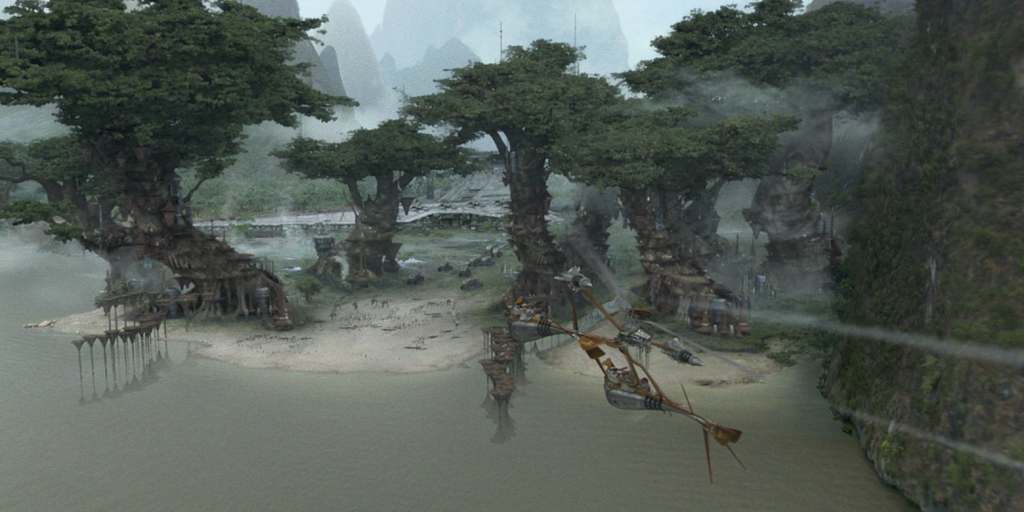
5. Kashyyyk
Speaking of nature, the Wookiee homeworld of Kashyyyk (that’s three ‘y’s) is covered in forest and jungle. Wookiees use their claws to climb the skyscraper-sized trees. Because the forest floor is patrolled by predators (such as giant spiders) and carnivorous plants dangerous enough to take down even a full-grown Wookiee, civilization takes place mostly on platforms among the trees. These treetop cities (a staple of fantasy classics like The Lord of the Rings) are impressive for both their architectural wonder and how well they blend into nature.
Although it was seen in canon for the first time in Revenge of the Sith, Kashyyyk was technically first detailed in live action in the infamous 1978 The Star Wars Holiday Special.
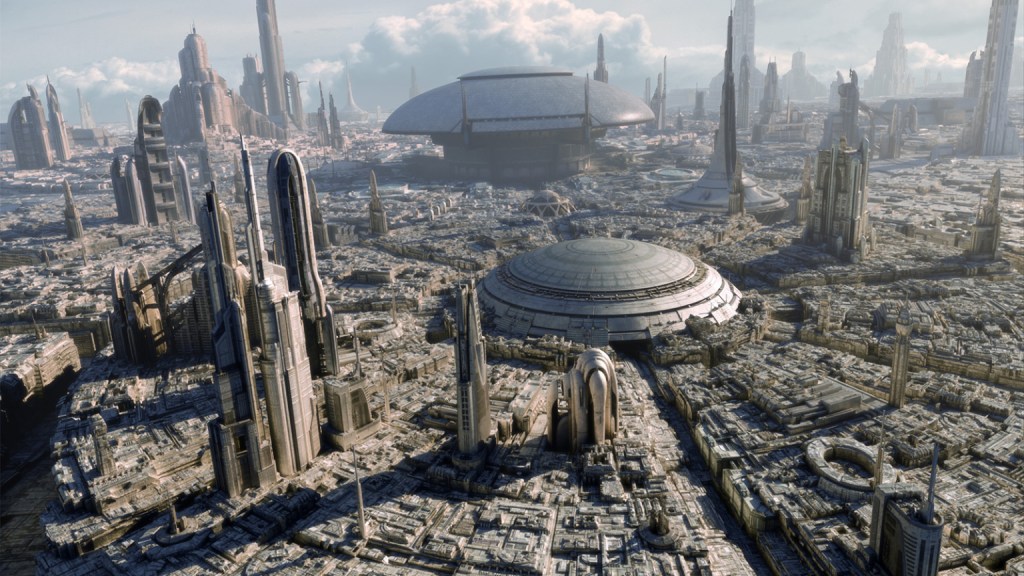
4. Coruscant
The city-planet of Coruscant captures the intrigue and glamour of the galaxy’s capital. Originally created in the books for the original Thrawn trilogy, Coruscant eventually featured heavily in the Prequel Trilogy and The Clone Wars.
Its mile-high cities mark a planet that has been effectively mechanized, no patch of ground remaining except for the top of a single mountain, now displayed like a boulder in a public park. Coruscant is a jungle gym for high-flying action scenes as well as a hub for political assassinations and the headquarters of the Jedi. When Luke talks about “the bright center of the universe,” that’s Coruscant during the era of the Old Republic.
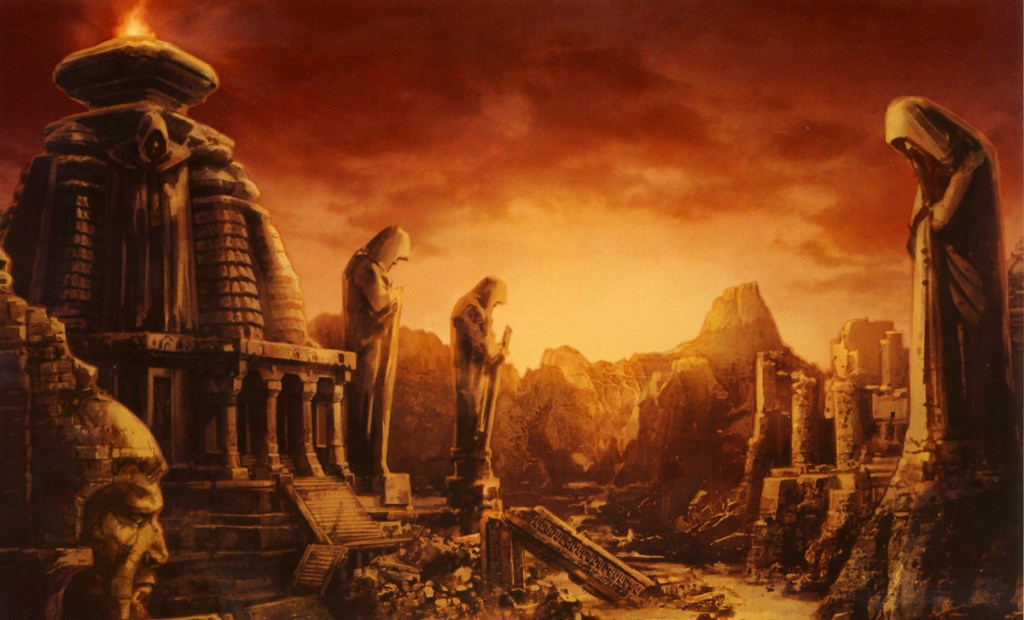
3. Korriban/Moraband
Few places remain as mysterious as Korriban, the ancient homeworld of the Sith species who spent millennia practicing magic before a faction of renegade dark side Force users escaping a war with the Jedi discovered the planet. Korriban’s native species and these Dark Jedi eventually formed the Sith Order, the greatest enemy of the Jedi. Together, they built a great Sith Empire that waged war against the Republic, with Korriban as its center.
The ancient Sith Empire eventually fell, but Korriban remained as a sacred monument to the order of dark side worshippers. The Valley of the Dark Lords, for example, contained the tombs and relics of the greatest Dark Lords of the Sith, and in some cases, even the Force ghosts of those ancient figures.
While the planet is best known as one of the settings of the Knights of the Old Republic games and the Tales of the Jedi comics, Korriban eventually made its way to the current canon on The Clone Wars, renamed as Moraband.
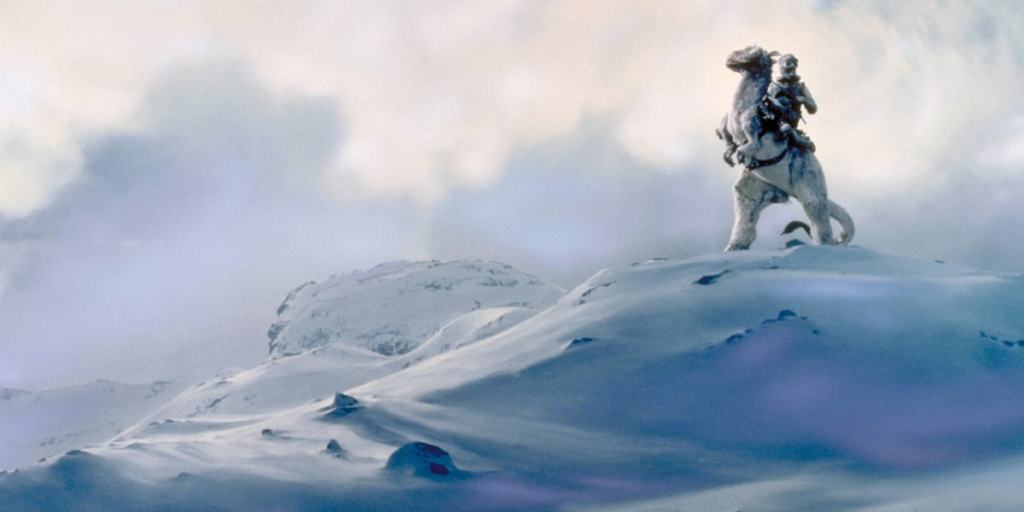
2. Hoth
While Hoth gets some flak for being a prime example of every science fiction planet having one biome and one only, the Hoth battle plays with scale in a great way. The Rebels build their base underground in the snow and ice, so you never forget they’re on an inhospitable planet where they’ve been forced to hide from the Empire. Here too we have animals as an important part of the plot, with the wampa attack taking Luke Skywalker out of commission. And the Empire deploys one of the most vivid examples of their commitment to shock and awe: the AT-AT walkers, which stride across the plains like monster. At first they’re dwarfed by the landscape, but then they loom over the Rebels, giving their world dimension and scope. The snow-covered landscape creates a stark and uninterrupted landscape for the battle to play out on.
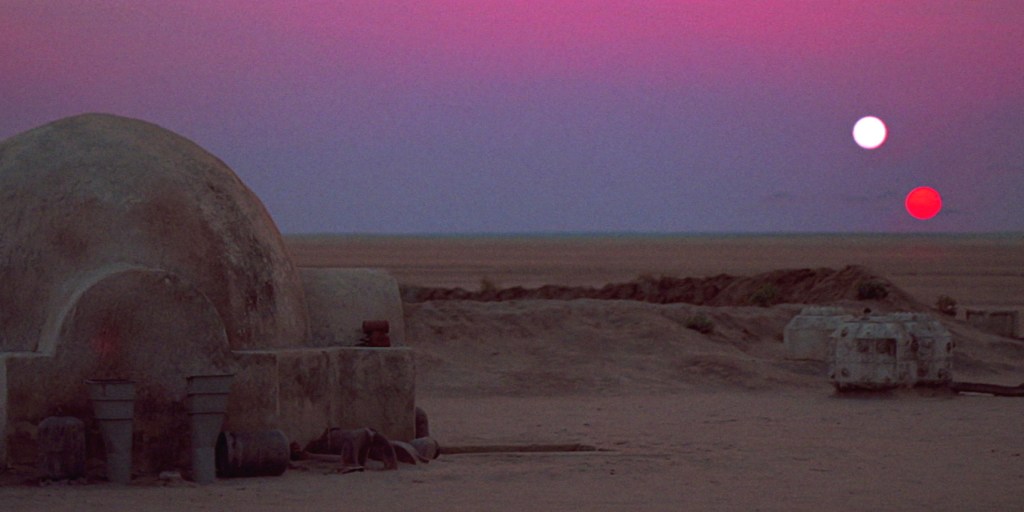
1. Tatooine
The Tunisian desert has become iconic to the galaxy far, far away. Although Tatooine in the fiction is supposedly the middle of nowhere, remarkable for being unremarkable, it’s actual the heart of the entire saga: Anakin Skywalker was born there and Luke Skywalker was raised there. Most characters in the movies have gone there at one time or another, leading to The Rise of Skywalker‘s epilogue where Rey visits Luke’s old home.
The desert has a universal appeal: while it stands in for a far away place for many viewers, many others live in or around a landscape that looks like that. The two suns are distinctly alien, but Tatooine’s towns and people are rural Anywhere. This mix of mundane and magical set the tone for Star Wars that propelled it for the next 40 years and beyond.

